Unleashing creativity often involves stepping beyond traditional methods. These uncommon painting techniques offer artists unique ways to create stunning visual effects. Each method introduces a distinct texture, depth, or dimension that transforms a simple painting into something extraordinary. Experimenting with these techniques can breathe new life into your artwork. Dive into these creative methods to enhance your next masterpiece.
Sgraffito
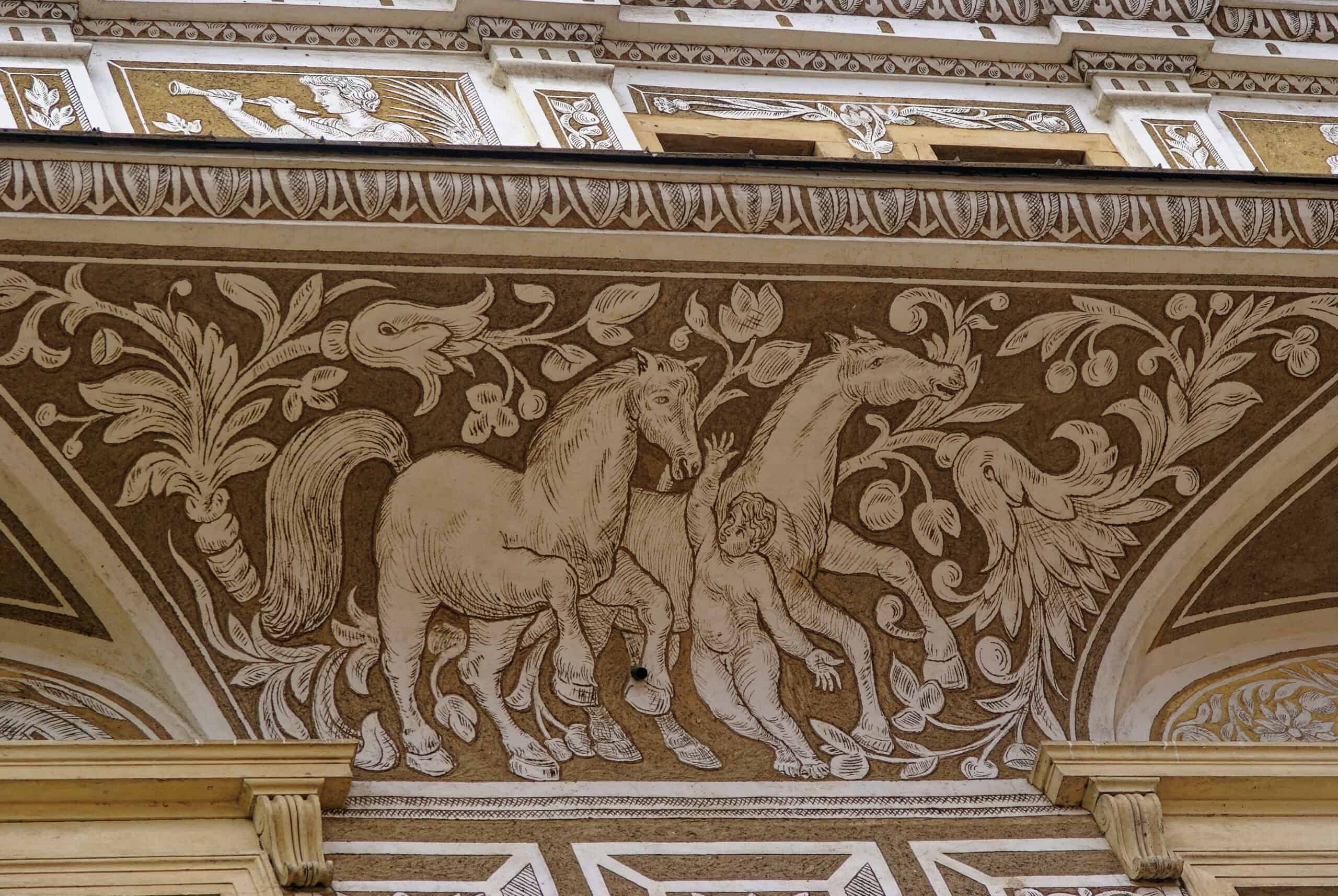
Sgraffito involves scratching away the top layer of paint to reveal the layer beneath. This technique creates striking contrast and texture. It is often used to add fine details or intricate patterns to a painting. A sharp tool like a palette knife or even a toothpick works well for this. The effect is bold and can bring a dynamic element to your work.
Frottage
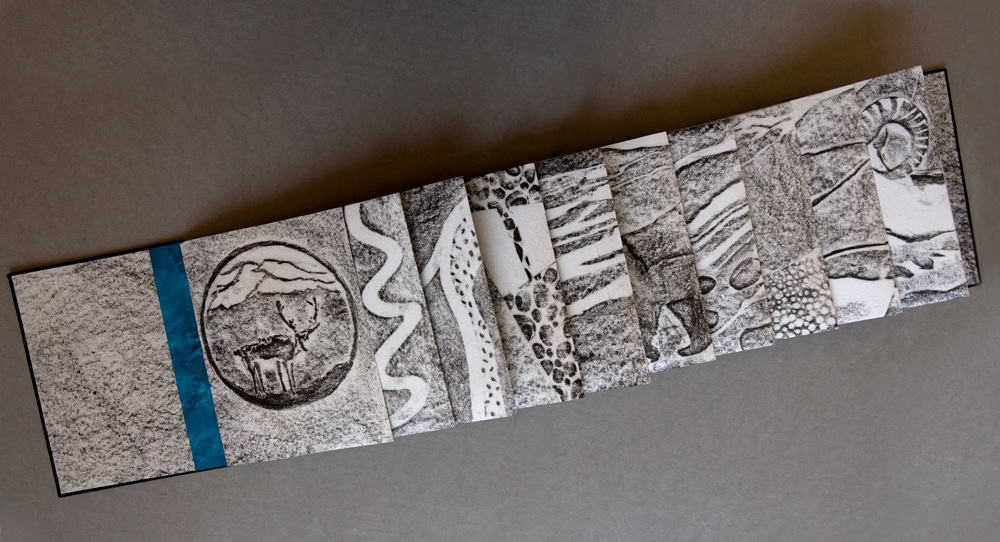
Frottage involves placing paper over a textured surface and then rubbing it with a pencil or crayon. The texture underneath is transferred onto the paper, creating a textured effect. This technique adds an element of surprise to your artwork. It’s often used to create backgrounds or as a base layer in mixed media pieces. Different textures produce varying results, making each application unique.
Impasto
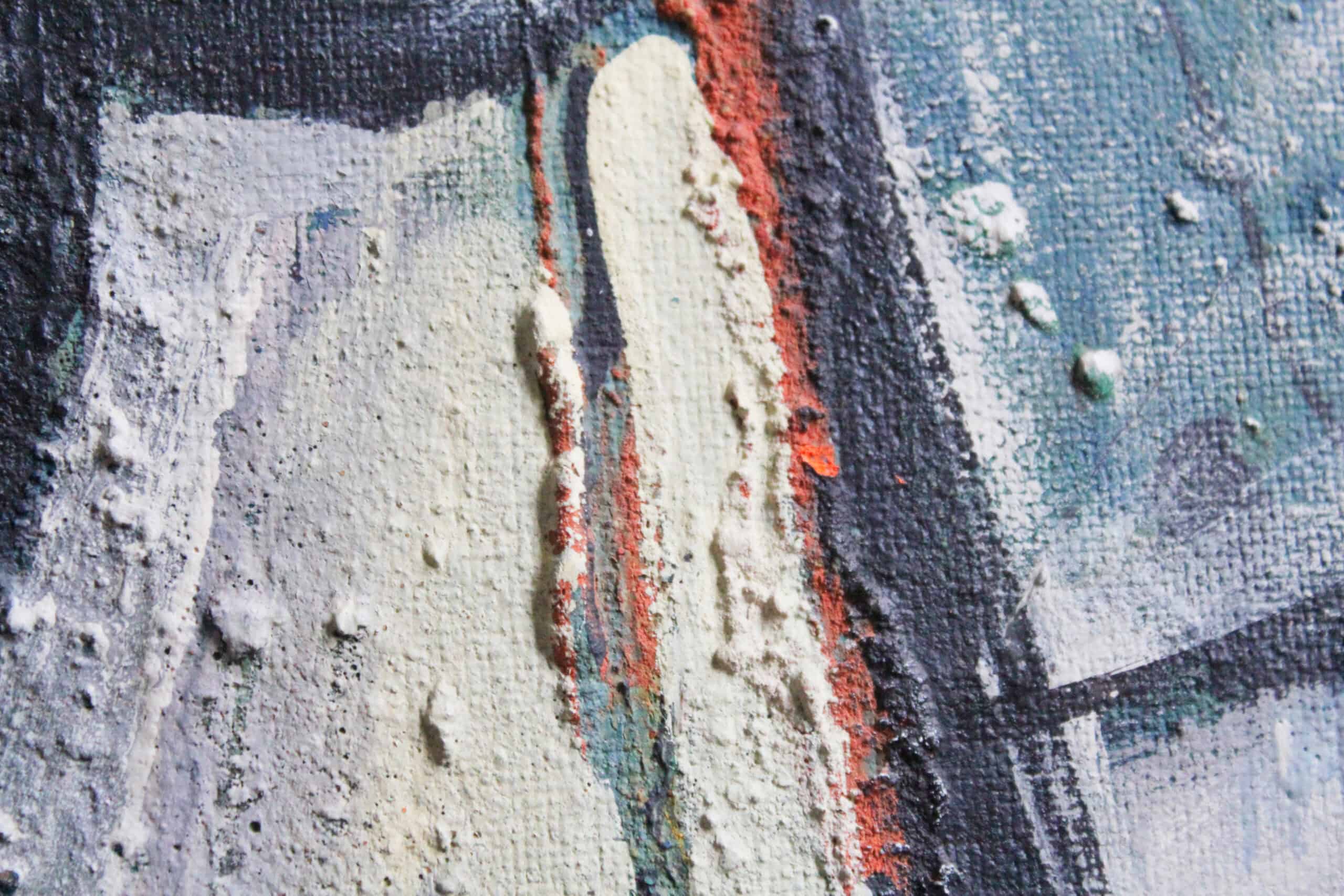
Impasto is the technique of applying thick layers of paint to create texture and dimension. The paint is often applied with a palette knife or a stiff brush. This technique allows for bold, expressive strokes that stand out from the canvas. The thick paint catches light and shadow, adding depth to the artwork. It’s a great way to emphasize movement and energy in a painting.
Palette Knife Painting
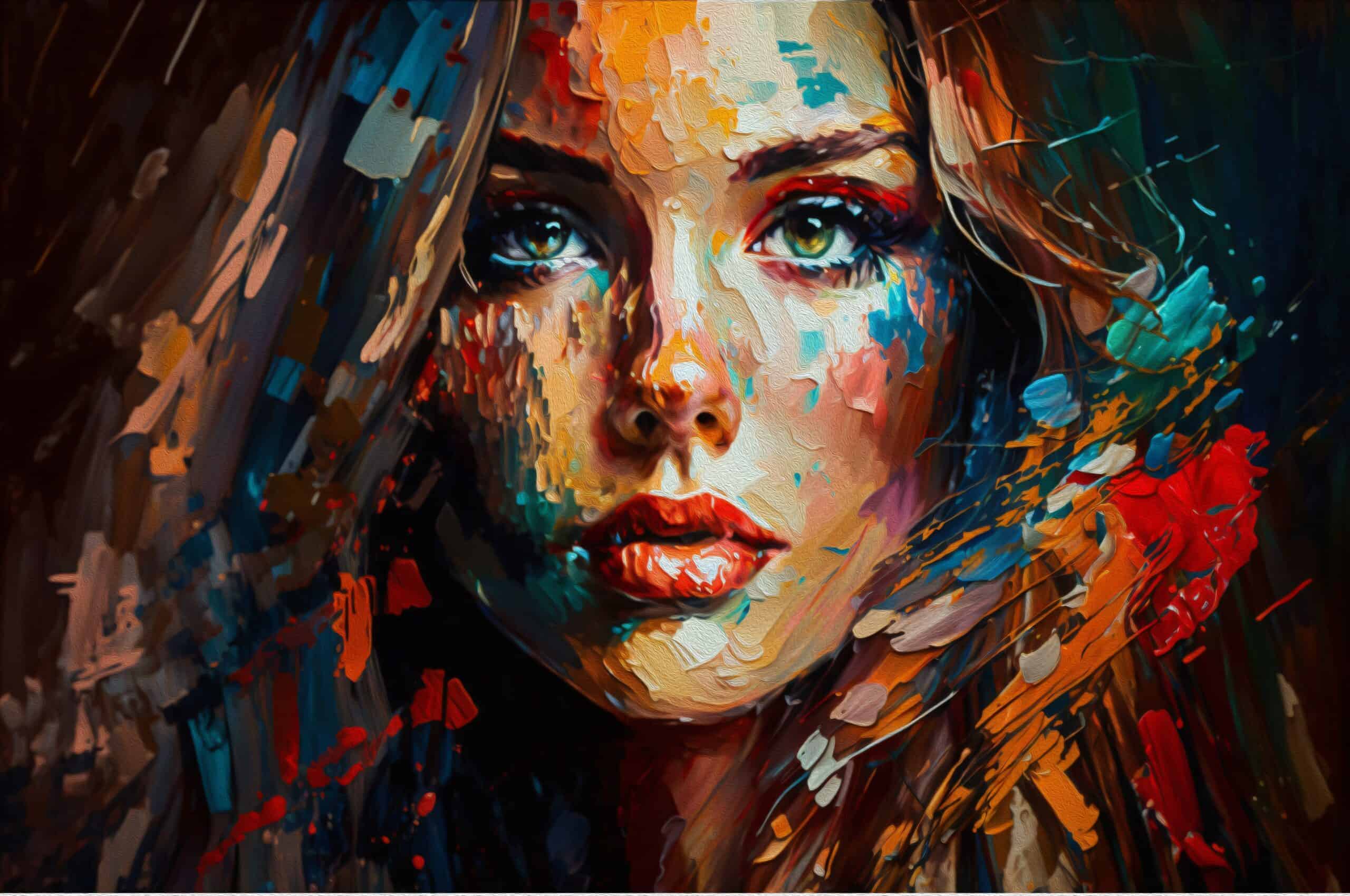
Palette knife painting uses a palette knife instead of a brush to apply paint. This technique creates sharp, bold textures that can’t be achieved with a brush. The knife can spread paint smoothly or create rough, jagged lines. This method is perfect for creating impromptu, abstract effects. The results are often dynamic and full of movement.
Stippling

Stippling involves creating an image using tiny dots of paint. Each dot adds to the texture and depth of the artwork. The technique requires patience and precision but yields impressive results. It’s often used to create shading or to add detail to a piece. The overall effect is soft, with a slightly grainy appearance that draws the viewer in.
Monoprinting
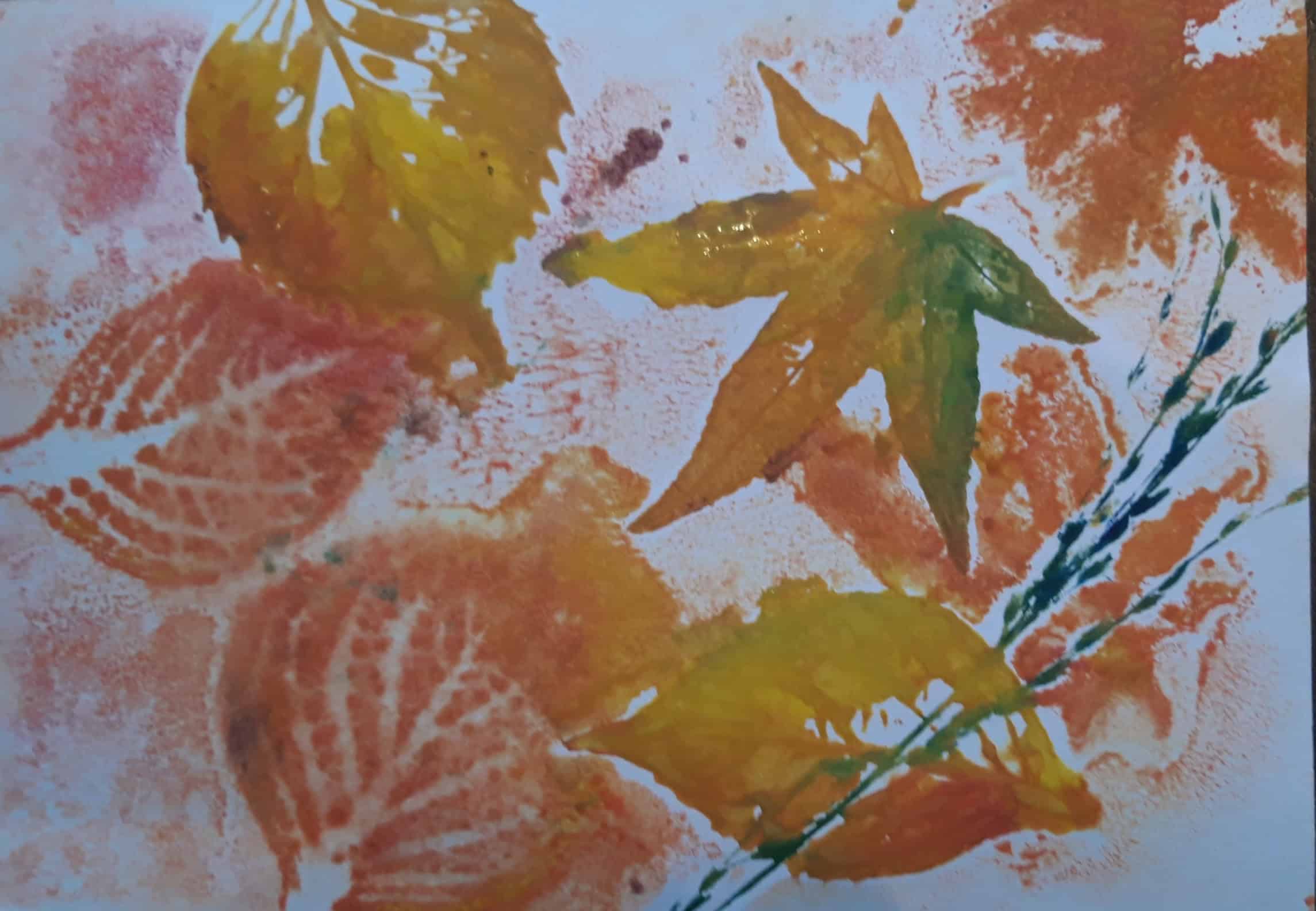
Monoprinting is a printmaking technique where each print is unique. Paint is applied to a smooth surface, such as glass or acrylic, and then pressed onto paper. The result is a one-of-a-kind print with unique textures and patterns. This method is ideal for experimenting with different textures and layering effects. The unpredictable nature of monoprinting makes each piece special.
Masking Fluid

Masking fluid is a liquid latex used to protect areas of a painting that you want to keep free of paint. Apply it with a brush or a pen, let it dry, and then paint over it. Once the paint is dry, remove the masking fluid to reveal the untouched surface beneath. This technique is perfect for creating sharp edges, highlights, or intricate designs. It allows for precise control and clean lines.
Alcohol Ink

Alcohol ink is a vibrant, fast-drying medium that creates stunning abstract effects. The ink is dropped onto a non-porous surface, such as Yupo paper, and spreads in unpredictable patterns. The colors can be manipulated with isopropyl alcohol or blending solution, creating unique shapes and gradients. This technique is perfect for creating bold, colorful pieces with a fluid, organic feel. The results are often mesmerizing and full of movement.
This article originally appeared on Rarest.org.
More from Rarest.org
1938 Jefferson Nickel Value Guide
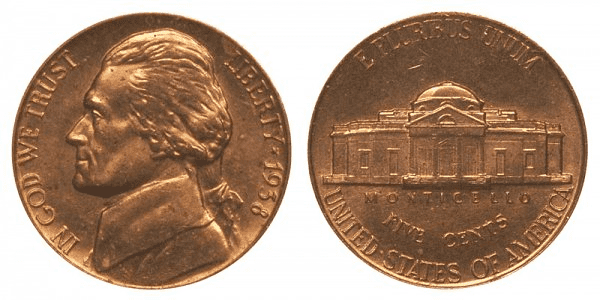
1938 marked the first year for the new design of the 5-cent piece in the US. This year, the Jefferson nickel was born. Read More.
1992 Roosevelt Dime Value Guide
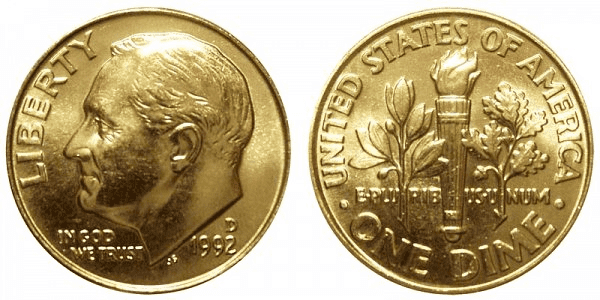
The 1992 Roosevelt dime was issued more than 30 years ago. It is part of the Jefferson dime series and has become a popular addition to the collection of many coin enthusiasts. Read More.
1940 Mercury Dime Value Guide
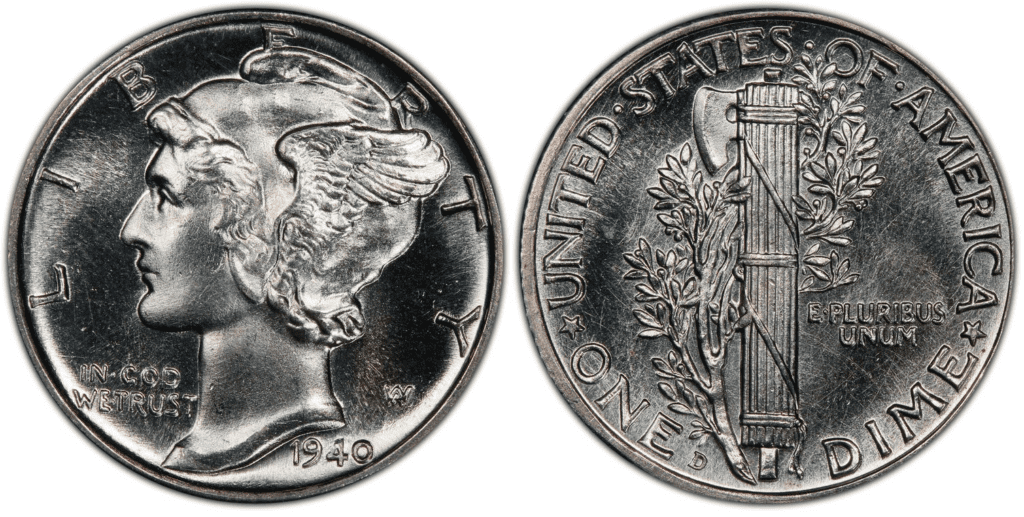
The Mercury dime is among the most popular coins ever produced by the US Mint. It was issued from 1916 to 1945. Read More.
